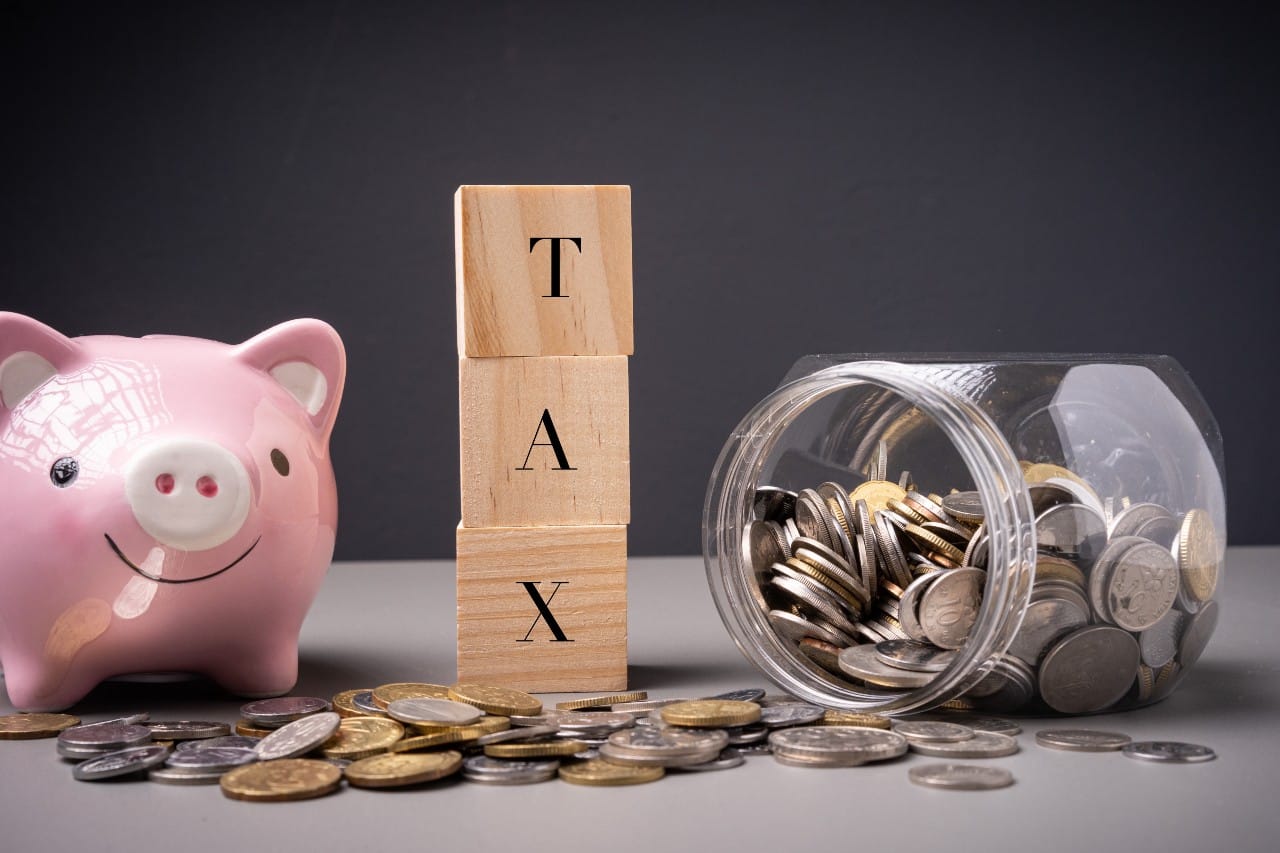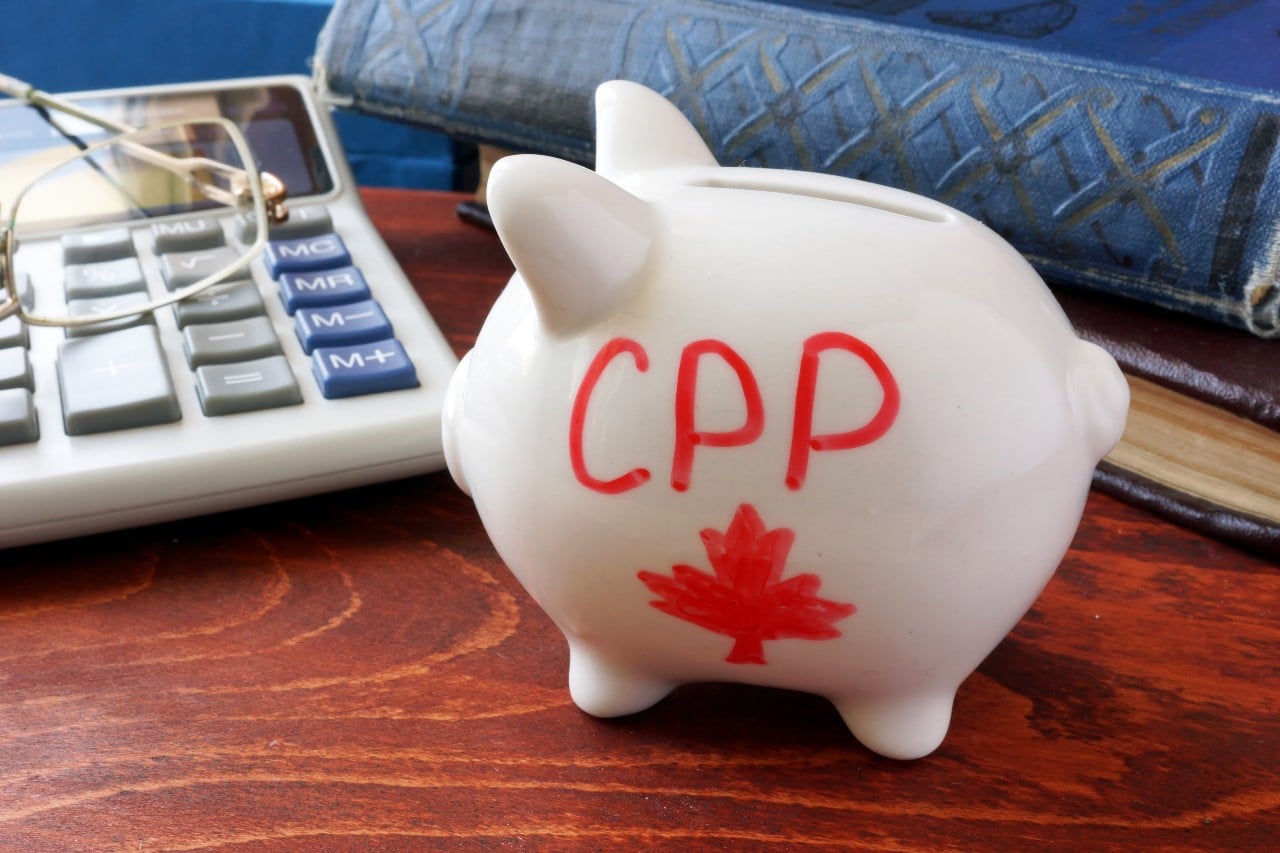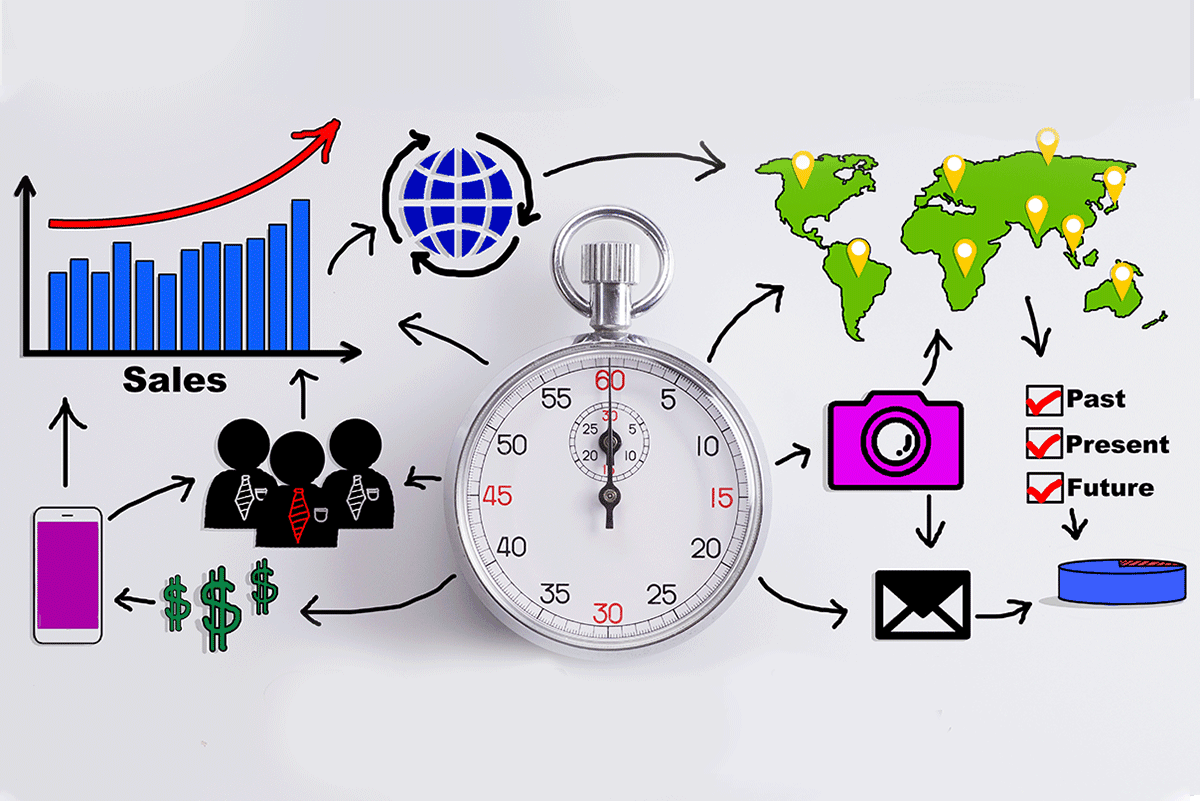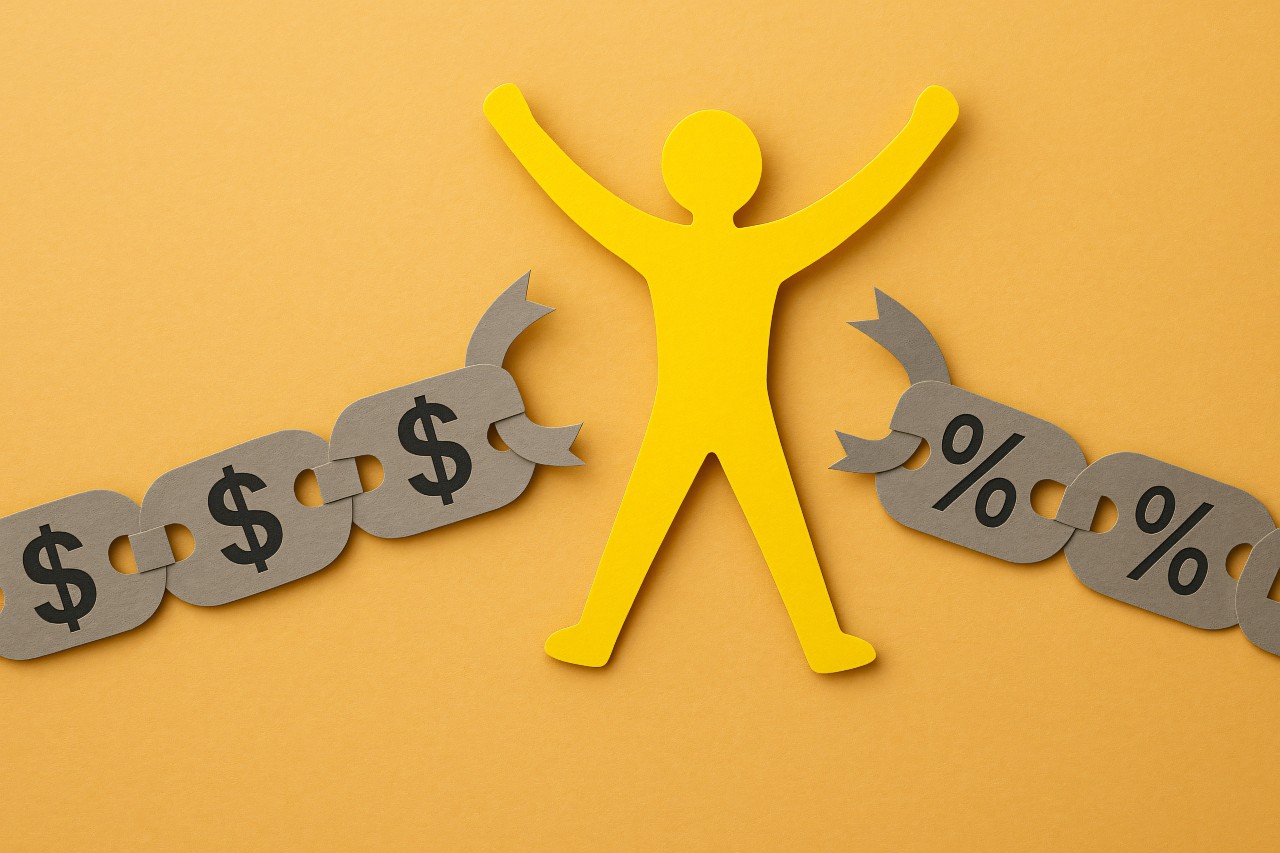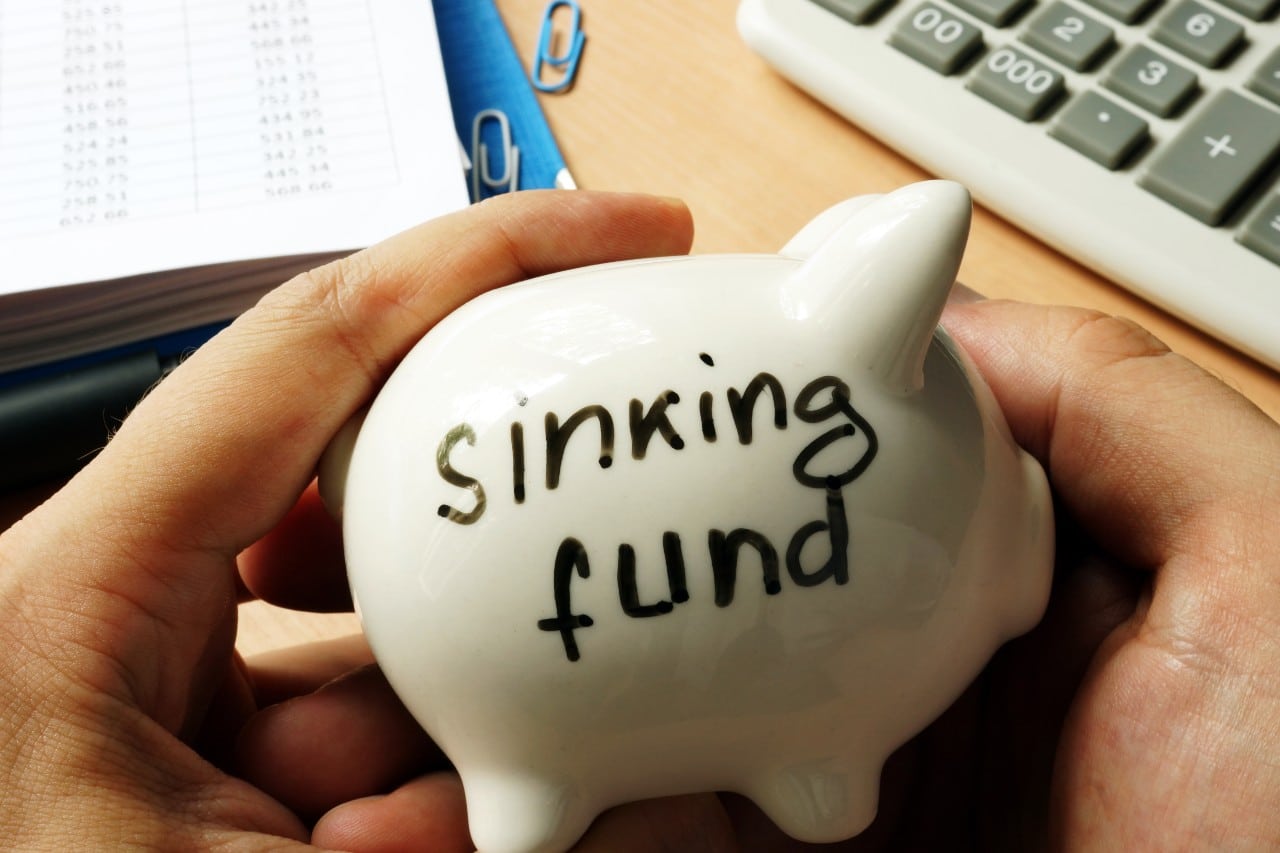The end of the month means it’s payday. The much anticipated “ka-ching” in your bank account is a sound everyone is familiar with. What many are not as familiar with is the pay stub that comes along with it. Can’t blame them for wanting to bypass all the acronyms and jargon that tend to cause eyes to glaze over, like EI, CPP etc. Even if you’ve read it a couple of times, there’s a chance that you’ve missed a spot of two.
It’s important to read and make sense of your pay stub for a couple of reasons. First, so that you know all the deductions from your income and whether you’re eligible to claim them. Second, you can also check whether your employer has made any errors in your pay rate or hourly rate, employee information etc. It is important that these details are accurate. Pay stubs are often used as proof of income for a variety of reasons like taking a loan or applying for provincial or federal programs.
Remember a pay stub, or pay statement as it is sometimes called, is not the same as a paycheque, which is basically the cheque you will deposit in your bank account. A pay stub is a record or a statement of earnings. Employers are legally required to issue pay stubs each time you get paid. That is regardless of whether you’re a temporary worker or a permanent employee and regardless of the payment frequency – biweekly or monthly. Pay stubs may be either mailed to your address, or you may be issued electronic pay stubs. You can also access pay stubs online depending on your employer’s payroll management system.
There are 4 common sections on a regular pay stub template.
Personal information or Identification
This section will have basic information like your name, address, and perhaps more sensitive information like Social Insurance Number. It will also have your employer’s details.
This section may also contain the pay period. For example, the week or weeks for which you’re being paid and the pay date.
Earnings
This section will tell you your gross earnings for the period. Salaried individuals would divide their annual income divided by 12 to figure out their earnings. Hourly workers have more information to check here like the hourly rate and the the number of hours worked. It may also include overtime which may be paid at a higher rate, depending on the employer’s policy. This is the amount you’ve earned before any deductions or taxes.
Deductions
The natural question that arises is, if this is the amount you’ve earned, why is your pay cheque lower? Everyone who works in Canada will have certain mandatory amounts deducted from their income. These deductions primarily go toward social programs and taxes. This is the section in the pay stub that describes the deductions and the amounts deducted. Here are some of the common ones:
Federal and provincial taxes
Use gross income to calculate taxes. The higher your gross pay, the higher the taxes. It’s a good idea to verify the taxes deducted with your income tax forms at the end of the year to ensure accuracy.
Employment Insurance (EI)
A certain amount of your income goes towards the employment insurance fund. The fund doles out benefits to an individual who’s lost their job. It helps them pay their bills and provide for their family until they find another job. If you contribute to EI, you’re entitled to claim EI benefits too should you lose your job due to no fault of your own.
Canada Pension Plan or Quebec Pension Plan (CPP/QPP)
The CPP and QPP are government pension funds for Canadians and Quebec residents respectively. This is a deduction from your income that contributes to retirement savings. Workers have to contribute to the pension plans for as long as they’re working. After retirement, the fund starts paying out a pension to contributors for them to sustain life post-retirement.
Quebec Parental Insurance Plan (QPIP) and EI Maternity and Parental Benefits
Contributions to these funds help new parents supplement part of the lost income when they take parental leave. The QPIP is exclusive to Quebec while the EI maternity and parental benefits are funds that other Canadians can contribute to.
Other
Other deductions which you may see on your stub are union dues, health insurance premiums or other private pension plans.
Net pay
This section shows the amount deposited in your bank account. This is also where you’ll find YTD, which stands for year-to-date. This is the total amount you’ve received from January 1 until now.
How long should I keep my pay stubs?
Since pay stubs are related to your income and consequently taxes, just like all documents related to your tax returns, pay stubs should be saved for 6 years after filing your tax return. Electronic pay stubs can be saved on the computer while a filing system should be maintained for paper pay stubs. The last pay stub of the year is particularly helpful as it shows you the year-to-date amount of the last 12 months or basically the entire year. Storing just this pay stub for the 6 year period should be sufficient.
Pay stubs are an important document that serves to cross-check important information like whether the net pay matches the amount you’ve actually received, in tallying up your taxes at the end of the year, or as proof of income. What’s more, it helps you understand where your hard-earned money goes and thus, the benefits you may be eligible to receive, in the future.


